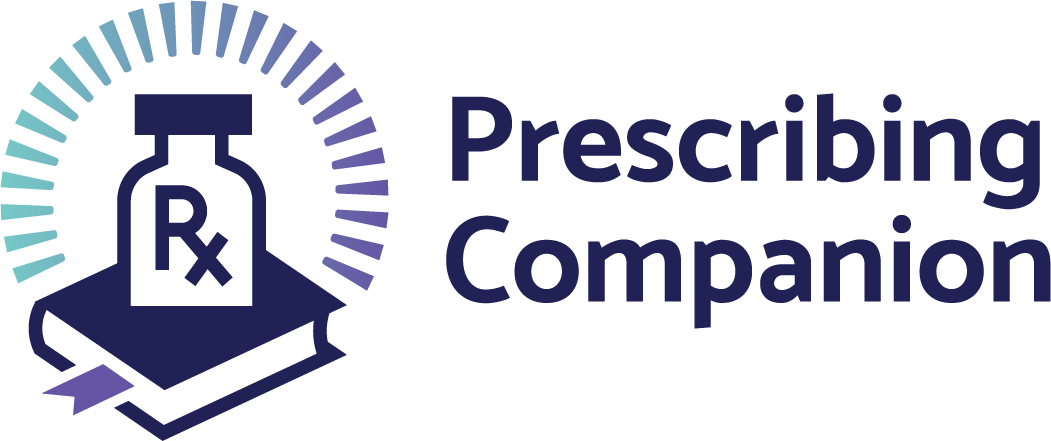Description
More than 50% of those who suffer acute rheumatic fever with carditis will later develop chronic rheumatic valvular disease predominantly affecting the mitral and aortic valves.
Investigations
- Chest X-Ray
- ECG
- Echocardiography
TreatmentTreat underlying complications
- Give prophylaxis against recurrent rheumatic fever with Benzathine Penicillin 1.2 – 2.4 MU monthly for life
- Give prophylaxis against infective endocarditis
Complications
- Congestive cardiac failure
- Pulmonary oedema
Referral criteria
- For further evaluation, if the patient has significant heart murmurs
- All patients with increasing cardiac symptoms
